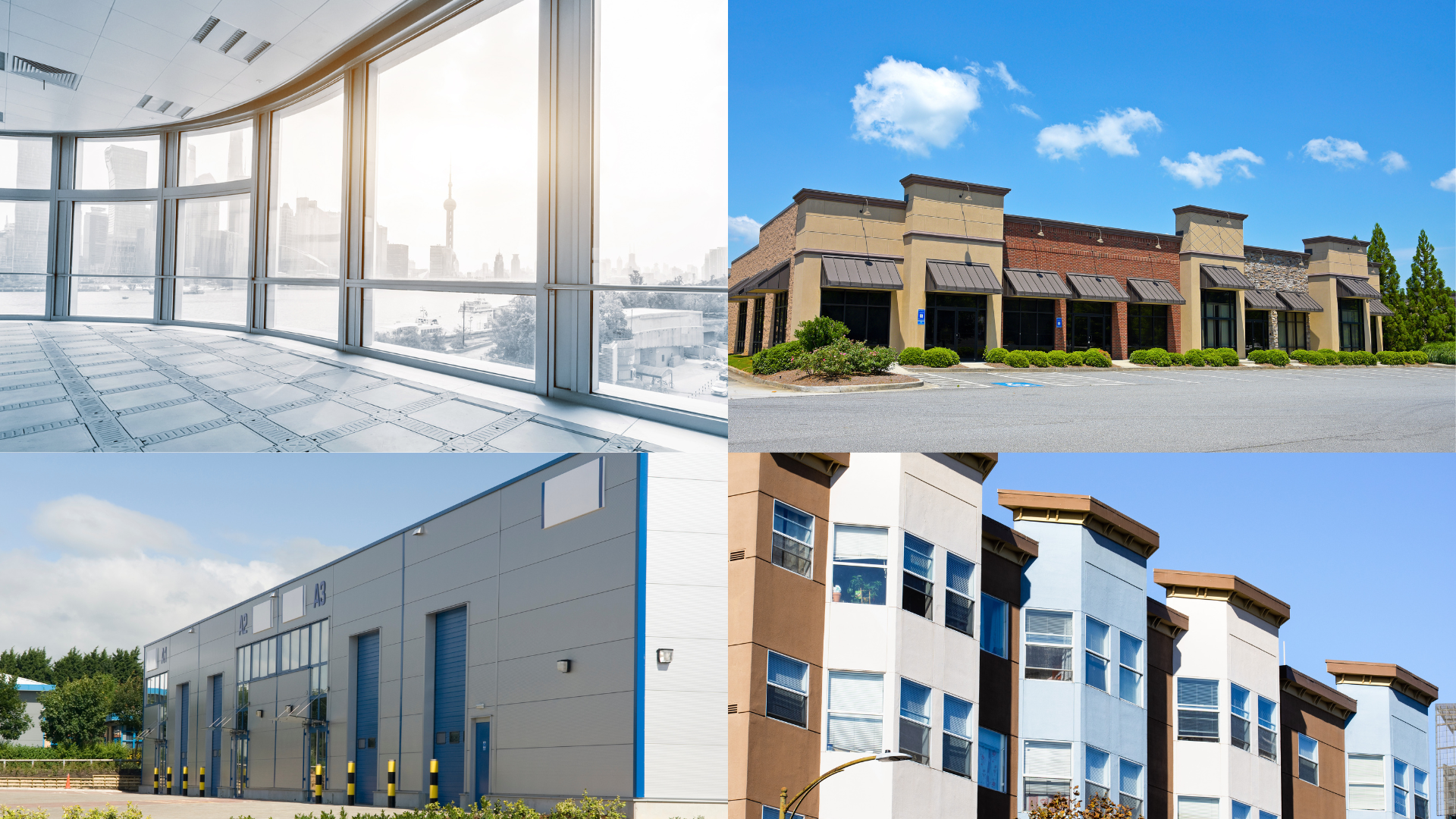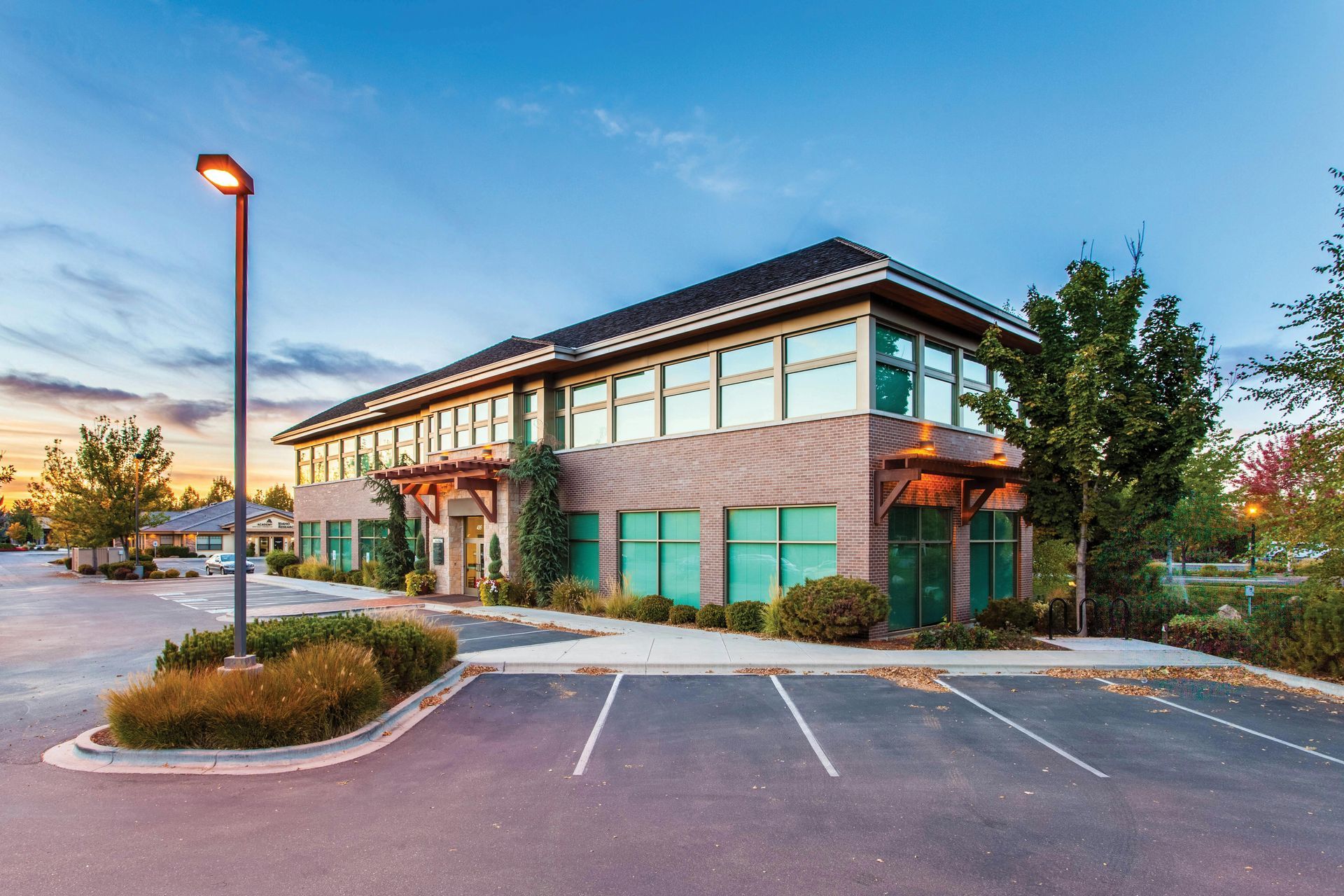January 15, 2025
Quick Summary Before You Read.....
Question: What are the most effective commercial real estate investment strategies, and why is Texas an ideal market for them?
Answer: Texas offers a dynamic landscape for commercial real estate investors, with strategies ranging from stable, long-term holds to high-risk, high-reward ventures.The most effective approaches include:
- Buy-and-Hold: Ideal for investors seeking steady rental income and long-term appreciation.
- Value-Add: Focuses on acquiring underperforming properties, making improvements, and increasing value.
- Core Investments: Targets high-quality properties in prime locations with reliable tenants for predictable income.
- Opportunistic Investments: Involves higher risk projects like redevelopments or distressed properties with potential for significant returns.
- REIT Investing: Allows for investment in real estate portfolios without direct property ownership.
For a detailed exploration of these questions and insights from CIP Texas, you can read the full article here

Commercial Real Estate Investment Strategies
Let’s face it—commercial real estate can be intimidating if you’re just getting started. But with the right plan, it can also be one of the smartest investments you’ll ever make. Whether you’re aiming for steady cash flow, long-term appreciation, or a mix of both, having a clear strategy is key.
At CIP Texas, we’ve worked with all kinds of investors, from first-timers to seasoned pros. One thing we know for sure? Success in commercial real estate starts with understanding your options and choosing the right approach for your goals.
Let’s break down the most effective commercial real estate investment strategies and why Texas is such a great place to put them into action.
What Is a Commercial Real Estate Investment Strategy?
Think of an investment strategy as your game plan. It’s how you figure out what kind of property to buy, how to manage it, and how you’re going to make money from it.
Not every property—or strategy—is the same. Some investors love the idea of steady rental income, while others thrive on flipping properties or tackling big redevelopment projects.
Before we dive into strategies, here’s a quick reminder of the types of commercial properties out there:
- Office Buildings: Perfect for long-term leases with businesses.
- Retail Spaces: Think shopping centers, strip malls, or stand-alone stores.
- Industrial Properties: Warehouses, logistics hubs, and manufacturing facilities.
- Multifamily Properties: Apartment complexes that bring in rental income from multiple tenants.
- Mixed-Use Developments: A blend of residential, office, and retail spaces.

The Most Popular Commercial Real Estate Investing Strategies
1. The Buy-and-Hold Strategy
This is probably the easiest and most common strategy out there. You buy a property, rent it out, and hold onto it for years. The goal? Steady income now and property appreciation over time.
Why It’s a Favorite:
- Rental income is reliable.
- Properties tend to go up in value over the long term.
- Tax perks like depreciation help offset costs.
Who It’s For:
Anyone who’s in it for the long haul and likes steady returns with minimal risk. For example, buying a fully leased office building in Austin is a great way to start.
2. The Value-Add Strategy
If you’re someone who loves spotting diamonds in the rough, this strategy is for you. The idea is simple: find a property that isn’t performing as well as it could, improve it, and increase its value.
How It Works:
- Buy a property that’s underperforming (low rents, outdated, poorly managed).
- Make upgrades like renovations or better tenant management.
- Adjust rents or attract higher-paying tenants to boost cash flow.
Why It’s Exciting:
You’re actively improving the property, which means your returns can be much higher than with a buy-and-hold approach. Imagine picking up an older warehouse in Houston, fixing it up, and attracting top-tier tenants.
3. Core Investments
This one’s for investors who want stability and low risk. Core investments are high-quality properties in prime locations, fully leased to reliable tenants.
What You Get:
- Predictable income streams.
- Minimal management headaches.
- Long-term appreciation.
For instance, owning a Class A office space in downtown Dallas might not give you sky-high returns, but it will bring consistent income year after year.
4. Opportunistic Investments
This is where things get interesting—and risky. Opportunistic investing involves taking on properties or projects that need major work, whether it’s a complete redevelopment or a distressed property turnaround.
Why It’s Worth It:
- The potential returns are huge.
- You can get creative with how you transform a property.
- It’s a chance to make a big impact on a property—and your portfolio.
Of course, the risk is higher too. These types of deals often require significant capital, market knowledge, and patience.
5. REIT Investing
Don’t want to deal with buying and managing properties yourself?
Real Estate Investment Trusts (REITs) let you invest in commercial real estate without actually owning a building.
Why It’s Popular:
- You can start with a smaller investment.
- Shares are easy to buy or sell.
- It’s a hands-off way to diversify your portfolio.
REITs are a great option if you’re looking for exposure to commercial real estate but don’t want the responsibility of being a landlord.
How to Craft Your Investment Strategy

Not sure where to start? Here are a few tips:
- Do Your Homework: Understand the market, property values, and demand. In Texas, cities like Austin, Houston, and Dallas are hot markets with plenty of opportunities.
- Work with Experts: The right team can make all the difference. At CIP Texas, we specialize in helping investors find the best opportunities in the Texas market.
- Diversify: Spread your investments across different property types and locations. This reduces risk and ensures consistent returns.
- Think Long-Term: The best returns often come with time. Whether you’re looking for cash flow, appreciation, or both, patience is key.
Why Texas Is a Commercial Real Estate Goldmine
There’s no denying it—Texas is one of the best places in the country for
commercial real estate investing. Between its growing economy, business-friendly policies, and rapid population growth, the opportunities here are endless.
Cities like
Houston are booming with industrial developments, Austin continues to thrive as a
tech hub, and Dallas offers a mix of office, retail, and multifamily projects. No matter your strategy, Texas has a market that fits.
Let’s Build Your Strategy
Commercial real estate investing doesn’t have to be complicated, especially when you have the right team by your side. At CIP Texas, we’ve helped investors like you find properties, develop strategies, and achieve long-term success.
Whether you’re just starting out or looking to grow your portfolio, we’re here to help. Let’s create a strategy that works for you.
Contact us today to get started!



